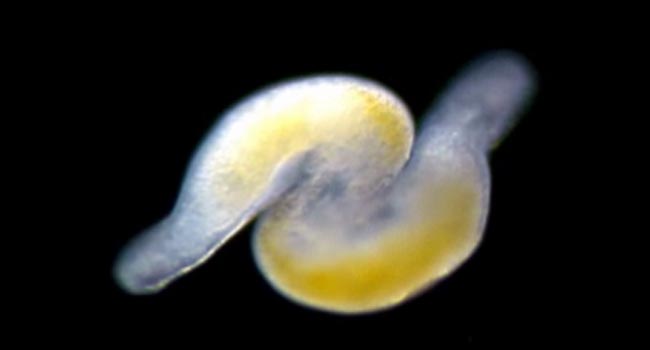Researchers get paid to do the weirdest things nowadays; recently, a team including Lukas Schärer and his wife Dita Vizoso, both of the University of Basel in Switzerland spent hours and hours watching and analyzing worms having sex (which, basically could be classified as worm porn) in order to find out why some flatworms have ‘large sex cells with bristles and a feeler in the front, while others just have simple, thin, squiggly sperm.
The goal however, was more than a few days of guilty worm pleasures – they were trying to shed some light on the evolution of all animal sperm. However, when hearing what their basic study metodology was, you can’t help but wonder what an average day is like in their lab:
“You take time-lapse movies and sit there and look at worms mating for some hours,” Schärer said.
Basically they analyzed all the organs involved in the process, and tried to explain why animal sperms comes in so many different shapes.
“When most people think of sperm, they think of a tadpole-looking thing,” Pitnick said. “There is no such thing as a typical sperm cell when you look at sperm diversity throughout the animal kingdom. It is just unbelievable, the outrageous, dramatic forms that have evolved.”
As a matter of fact, sperm cells are the most diverse types of cells in all the animal kingdom. They can be hairy, they can use tails to propel themselves, or they can look like amoebas. They can be extraordinarily small, or be 20 times longer than the body from which they came from (as in the case of some fruit flies). All this diversity has been described, but it is currently unknown what role this sexual evolution had to play throughout the years.
Source (and more “juicy” details) here










